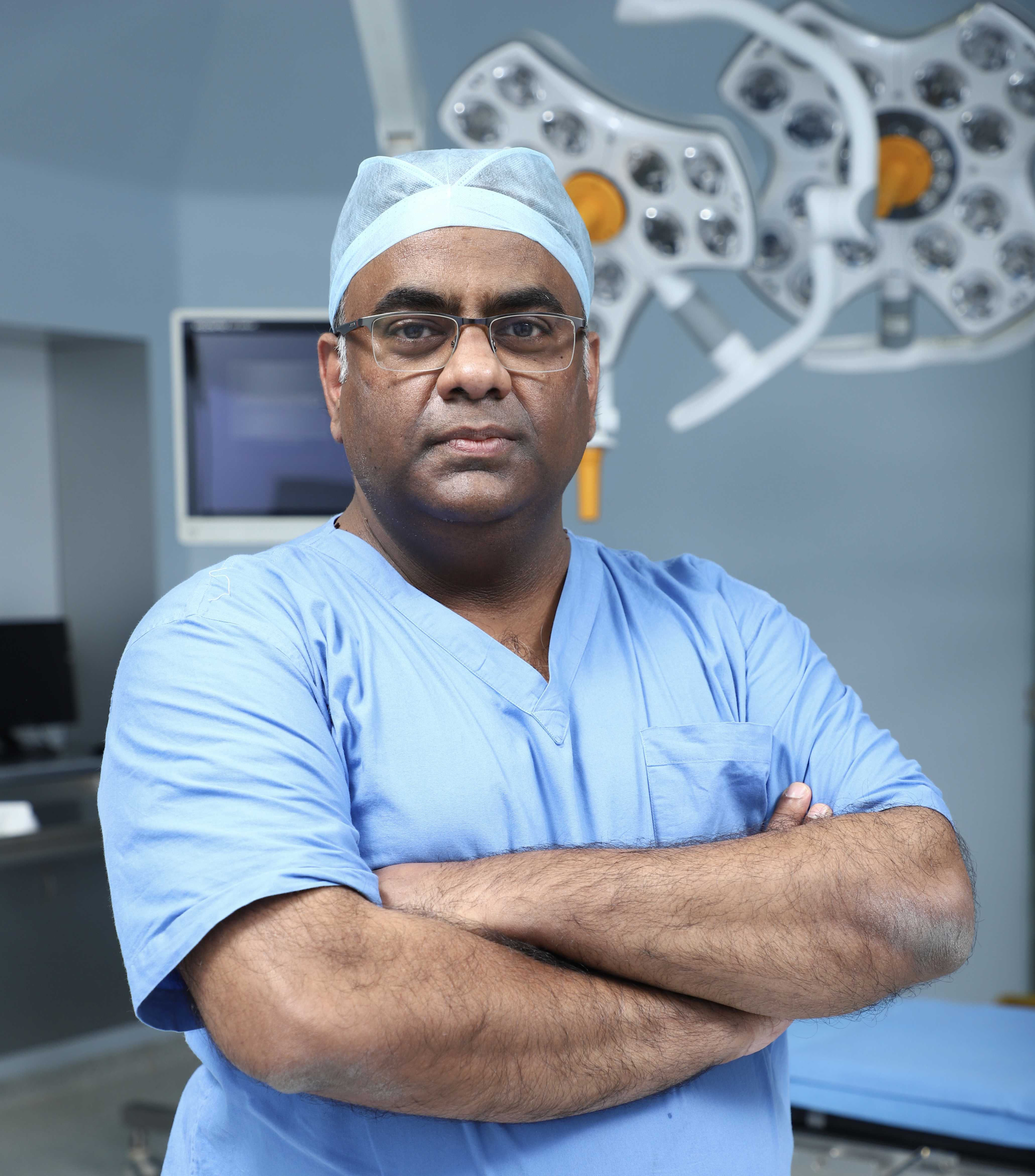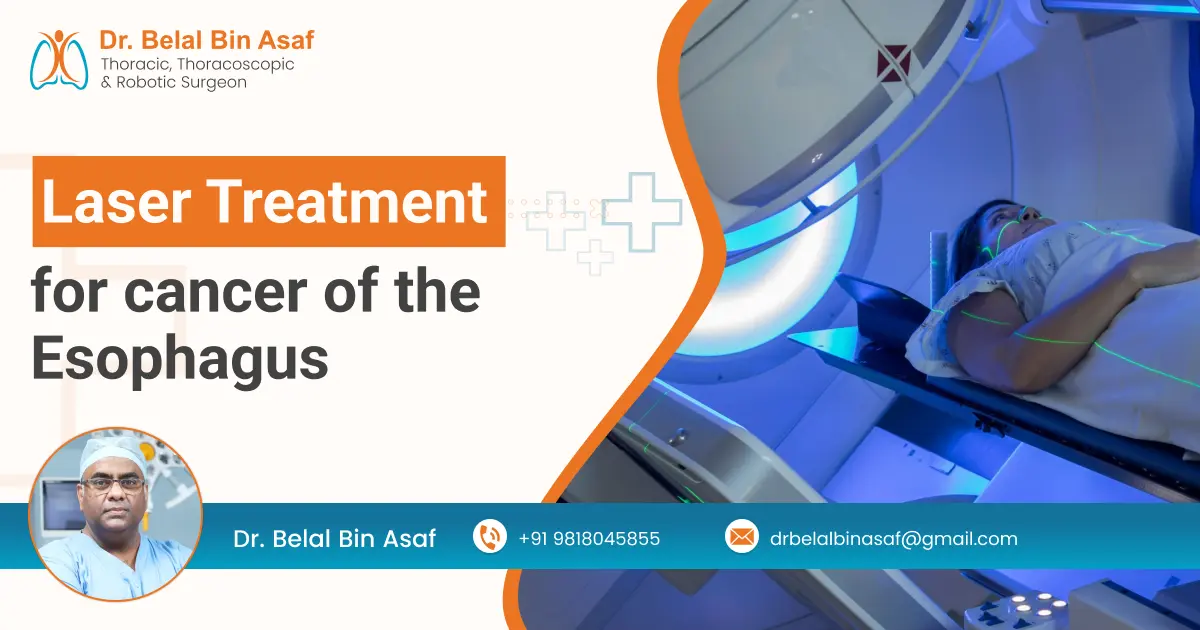Esophageal cancer, a serious and often aggressive condition, affects the tube that connects the throat to the stomach. While traditional treatments like surgery, chemotherapy, and radiation remain mainstays, advances in medical technology have introduced less invasive alternatives. One of these is laser therapy—a technique primarily used to relieve symptoms and improve the quality of life for patients with esophageal cancer. This guide provides an in-depth look at how laser therapy works, when it’s used, its advantages and limitations, and what patients can expect.
Contents
- 1 What Is Laser Therapy and How Does It Work?
- 2 When Is Laser Therapy Used in Esophageal Cancer?
- 3 What Are the Advantages of Laser Therapy?
- 4 What Are the Risks and Limitations of Laser Therapy?
- 5 Who Is a Candidate for Laser Therapy?
- 6 What Can Patients Expect During and After the Procedure?
- 7 Conclusion
- 8 Frequently Asked Questions
What Is Laser Therapy and How Does It Work?
Laser therapy uses focused, high-intensity light to target and eliminate abnormal or cancerous tissue. In the case of esophageal cancer, lasers can be used to cut through or vaporize tumors that are obstructing the esophagus. This is particularly important because tumors in the esophagus often cause dysphagia (difficulty swallowing), a symptom that can severely impact a patient’s ability to eat, drink, and maintain adequate nutrition.
There are two main types of laser-based procedures used in esophageal cancer:
1. Thermal Laser Therapy
This uses a focused beam of light to burn away tumor tissue, immediately clearing the blockage in the esophagus. It is typically carried out during an endoscopy, where a thin, flexible tube equipped with a camera is inserted to access the esophagus.













 +91-9818045855
+91-9818045855
